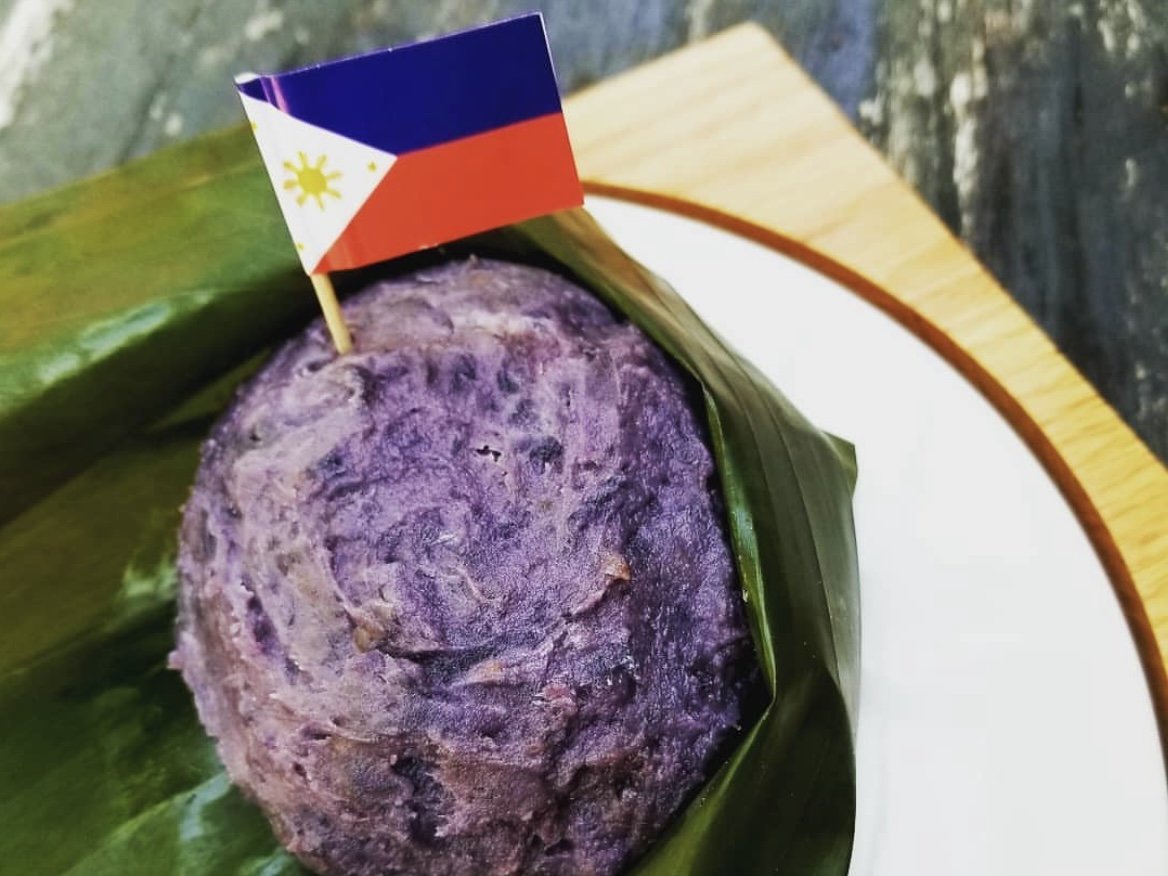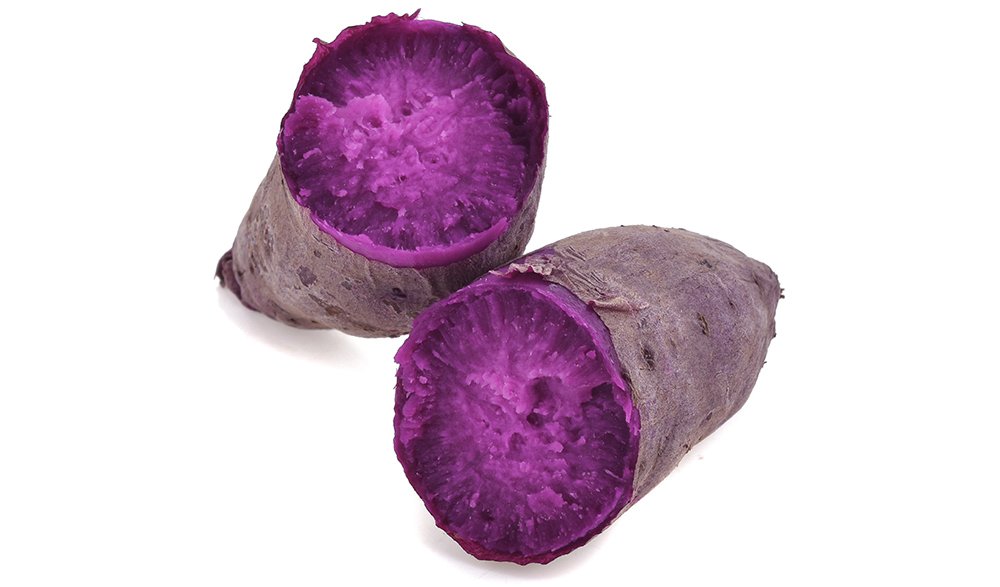Could Ube Be The Ingredient That Roots Filipino Food to the Mainstream?
Image Credit: @kamayan_atl
When you walk into a food court or commercial strip of restaurants, you may see various world cuisines lining the perimeter. There’s Japanese sushi, Korean barbecue, Pad Thai noodles, but what about something from the Philippines? What food product category could we claim as our own?
Last year, CNBC reported 12 million people across more than 100 countries belonging to the Filipino diaspora, and yet supposedly Filipino cuisine still isn’t as widely known as its other Asian counterparts. According to BBC Travel, “some Filipino chefs feel their nation’s complicated history of foreign influences has made their cuisine less identifiable to diners outside the Philippines.”
🇨🇳
Lumpia is the Filipino egg roll with Chinese influence, hence lumpiang shanghai.
🇺🇸
SPAM, the canned meat from Austin, Minnesota, was introduced to Filipinos by American soldiers during World War II.
🇪🇸
In desserts, we have ensaymada—a cheesy Spanish-origin brioche bread that’s been adapted to the Filipino palette.
But is there anything in Filipino cuisine that’s uniquely Filipino?
Could Ube Be The Answer?
You may not see it at your typical food court, but you may see glimpses of it instead on Instagram, in food blogs, and at cultural food festivals. Its vibrant purple color is certainly hard to miss.
Let’s get to the root of this question.
Ube (OO-beh) is a sweet purple yam, but unlike taro—the other root vegetable that many seem to confuse it for—ube grows native to the Philippines.
It’s been used in our cooking for centuries, converted to a jam and used as an ingredient for various desserts. Today, we see a plethora of ube creations around the world. Over time, the ube root has branched out to become ube ensaymada, ube ice cream, ube pancakes, and the list goes on.
No matter how far ube branches out, its roots can always be traced back to the Philippines. Make sure to support brands that honor that.
One Down Media produced an editorial piece about building community through Filipino food. Though our gastronomy may be difficult to pin down, the variations that we’ve created throughout the diaspora make for a heartwarming experience of sharing.
“You could think of our cultural dishes as a bud on a branch, connected to a greater giving tree of life. This same tree extends a branch to each and every one of us whenever we gather with friends and family around the table - or through a computer screen - to break bread, be in community, and love one another just a little bit more. ”
Sharing food is so central to our culture. The traditional kamayan, for instance, is a communal feast, where there are no individual plates, but rather large banana leaves that stretch across the table. Everyone eats together with their hands.
For some members of the diaspora, native Filipino dialects and languages have gotten lost in the migration. Food is the way that they connect with their heritage.
Unfortunately, this connection was disrupted during the COVID-19 pandemic—and not just because of the social distancing. Small businesses in the Filipino food industry faced an economic downturn. Some establishments were even affected by the anti-Asian rhetoric circulating around the blame for the virus.
In a campaign called #FilipinosFeedTheFrontlines, our mother company Kultivate Labs partnered with local community organizations and food businesses to distribute meals to seniors and people in need living in San Francisco. This good deed resulted in the revitalization of the Filipino food industry in the Bay Area. Despite the global health crisis, chaos, and destruction, Filipinos still banded together through our food.
What would it mean for ube to enter the American mainstream?
Our food means a lot to us Filipinos. We’ve written before about how ube is more than just a pretty, purple, photo-worthy Instagram trend. Even for our local business owners, the ways in which we exchange food are not merely transactional—they’re relational. They speak to our generosity, hospitality, and community care.
When ube roots us to the mainstream, it acts as an eye-catching hook, drawing more people in to learn about our compelling and nuanced stories.
Ube is the first step in giving Filipino food more worldwide recognition. Ube invites people of other backgrounds to be curious about Filipino flavors, and ultimately to feel the soul of our consumption. Maybe through ube, we’ll finally see Filipino cuisine at our local food courts.
“I look at [ube] like a gateway. This is the gateway to Filipino food that kind of helps you understand what the flavors are.”
Two years after the start of the pandemic, it’s now time to celebrate our food, our roots, and all that we’ve overcome. Our YUM YAMS Ube Festival is coming back to the SOMA Pilipinas District on September 24, 2022. At YUM YAMS, you’ll meet all sorts of food and retail vendors wanting to share their incredible stories with you. And they’ll do it through ube!
Be sure to follow us @kapwagardens to stay tuned on all things YUM YAMS!









